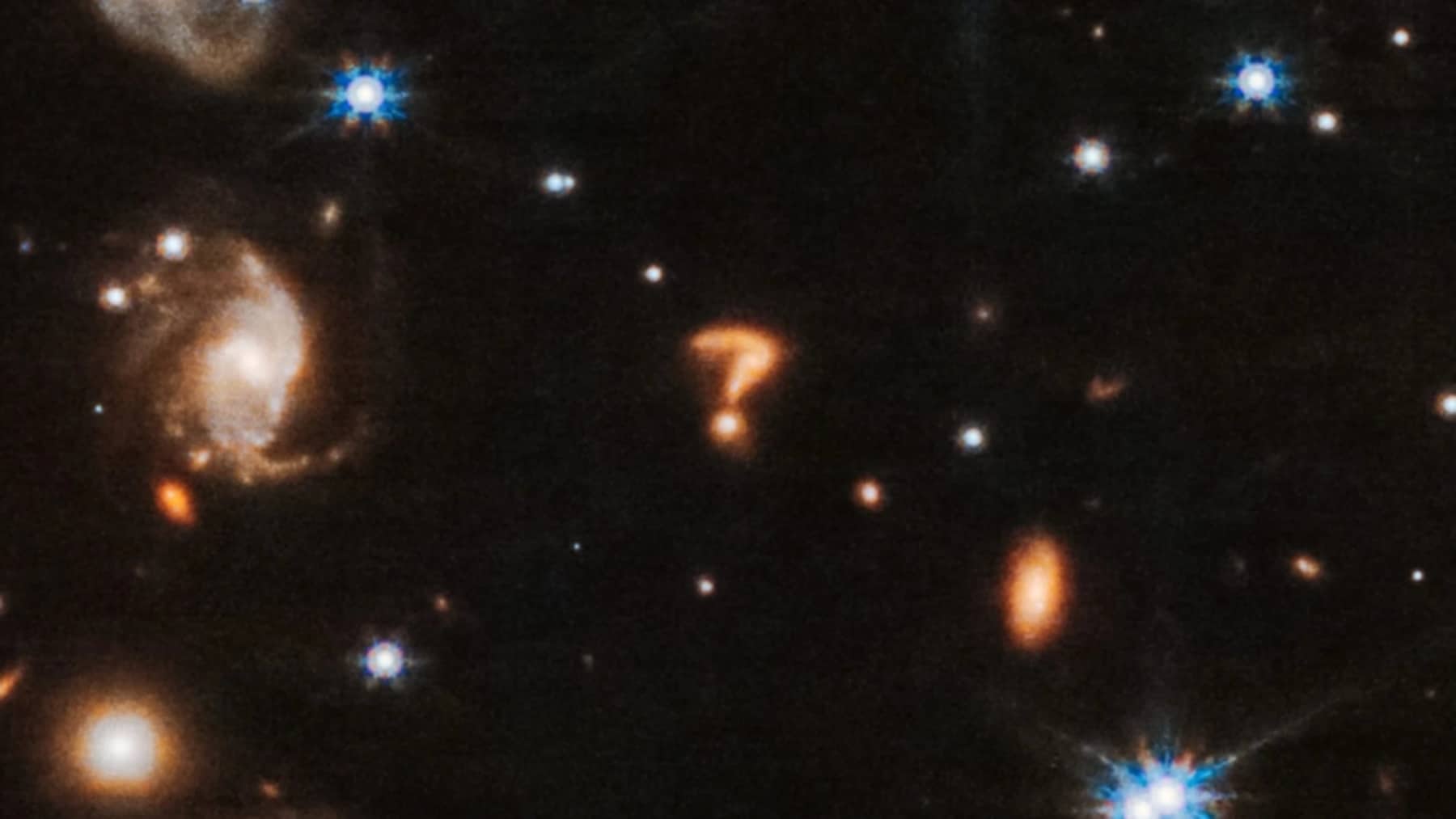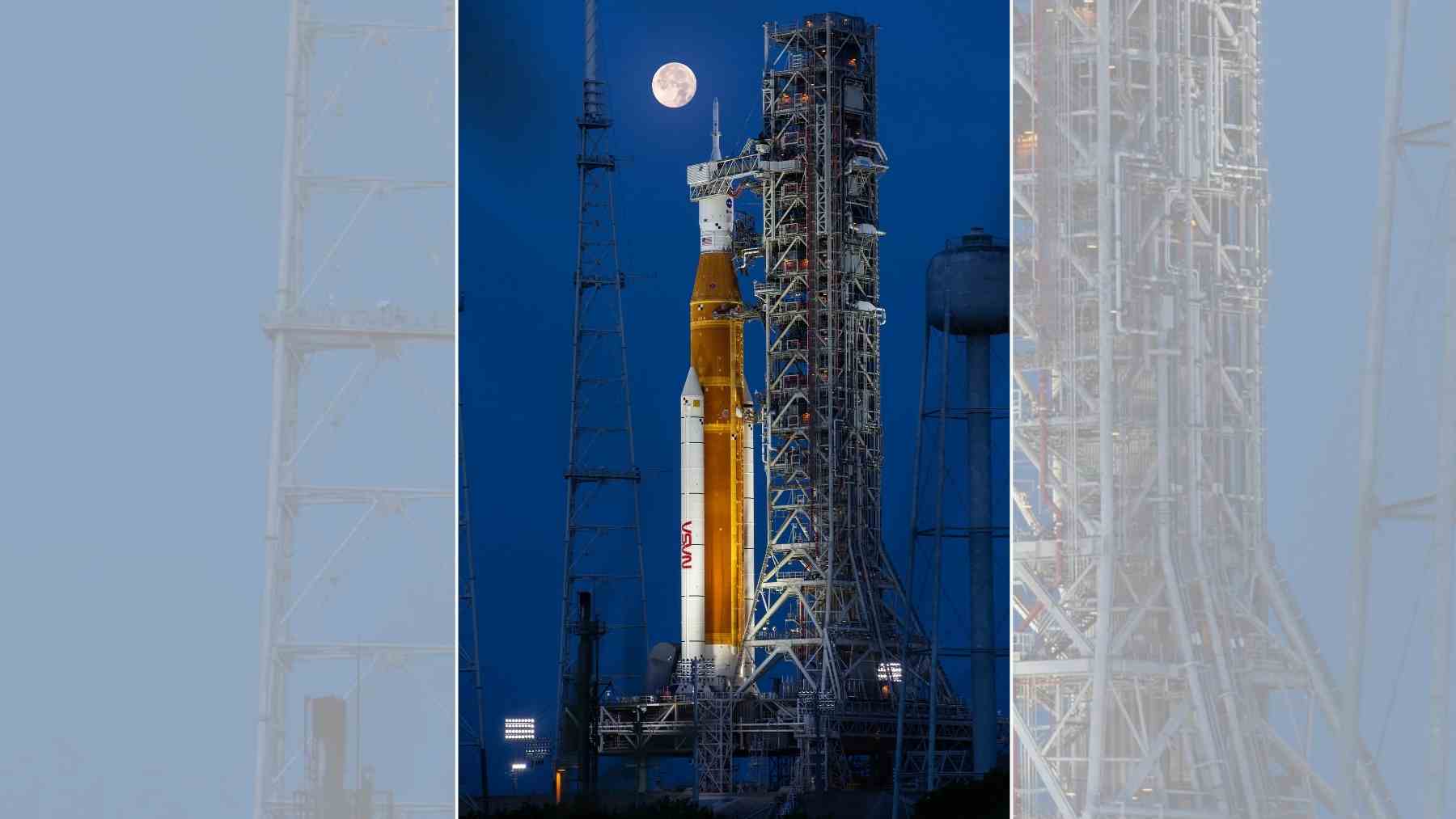The enormity of space often puts us at ease, giving us a false sense of cosmic permanence. However, our own Milky Way is on a path to collide with its giant neighbor, the Andromeda Galaxy. The next galactic merger of roughly 250 billion stars moving through space at high speed will change the shape of the cosmos around us.
The galactic collision of the Andromeda galaxy and the Milky Way
The Andromeda Galaxy, located about 2.5 million light-years from away, is barreling toward the Milky Way. Racing at a speed of 250,000 miles per hour, which is 402,000 kilometers per hour, Andromeda is being pulled toward the Milky Way by the force of gravity. This cosmic pull will end in a crash, which astronomers have estimated will take place over 4.5 billion years from now. This will not be a sudden crash but a slow merger of the two galaxies into a new, larger galaxy.
This merger will be a huge change to the structure of our universe. The merged galaxy, which has been nicknamed “Milkdromeda,” will look very little like either galaxy. The characteristics of the spiral arms of the Milky Way, as well as Andromeda, will probably be disturbed, giving way to a more elliptical and disordered structure.
As these galaxies merge, they will experience a series of tidal interactions that will produce elongated streams of stars, gas clouds, as well as other cosmic debris. These encounters will trigger the formation of numerous new stars, lighting up the newly formed galaxy with the birth of thousands of new stars.
Andromeda will cause a galactic shift and rearrange the stars
The scale of this event is so enormous that one might expect many stars to collide in fiery annihilation. Andromeda has an estimated one trillion stars, and the Milky Way (like how the Milky Way will collide with another galaxy) has an estimated 300 billion. The wide space between individual stars means that direct stellar collisions are very unlikely. However, the most immediate result of the crash will be the gravitational reorganization among the stars, which will move them into new positions as well as new orbits.
Over time, these gravitational effects will cause some stars to get ejected from the galaxy, such as being thrown out into intergalactic space. Simulations estimate that there is a 50% chance that our solar system would be displaced to a more distant region of the newly combined galaxy, as well as a 12% chance it would be entirely flung into the void between galaxies.
This repositioning would not destroy the solar system, but instead, it would essentially change position in the cosmos. The night sky, seen from Earth, would appear completely different, with well-known constellations shifted.
The merger of the Andromeda galaxy and the Milky Way will relocate the solar system
When the merger happens, the solar system’s position in the galaxy is expected to change. Although it seems unlikely that our whole solar system could get moved out into intergalactic space, it is possible that we could find ourselves in a different one, farther from the galactic center.
This change would affect how we find the night sky and the wider cosmic environment in which the solar system is situated. However, by the time this massive event occurs, the Sun will have gone through a major transformation of its own.
In about 5 billion years, the Sun will run out of hydrogen fuel and become a red giant. In this stage, it will grow tremendously, potentially swallowing Mercury, Venus, and maybe even Earth. It will take billions more years for the merging of the two galaxies to reach its final stages, and the harsh heating and radiation from the Sun will have forced Earth into desolation long before that.
Humanity, if it existed at all, would have to work in the cosmos to survive. So, while the merger of the Milky Way and Andromeda will be a cosmic spectacle, its direct implications for humanity are diminished by the cosmic timescales.
The Milky Way-Andromeda collision shows how dynamic the cosmos is. Galaxies are not static; they evolve continuously through gravitational interactions. Nowhere near an apocalyptic event, this merger is a normal stage of galactic evolution, resulting in the birth of a new and bigger galaxy (just like this galaxy, which has a strange glow).














